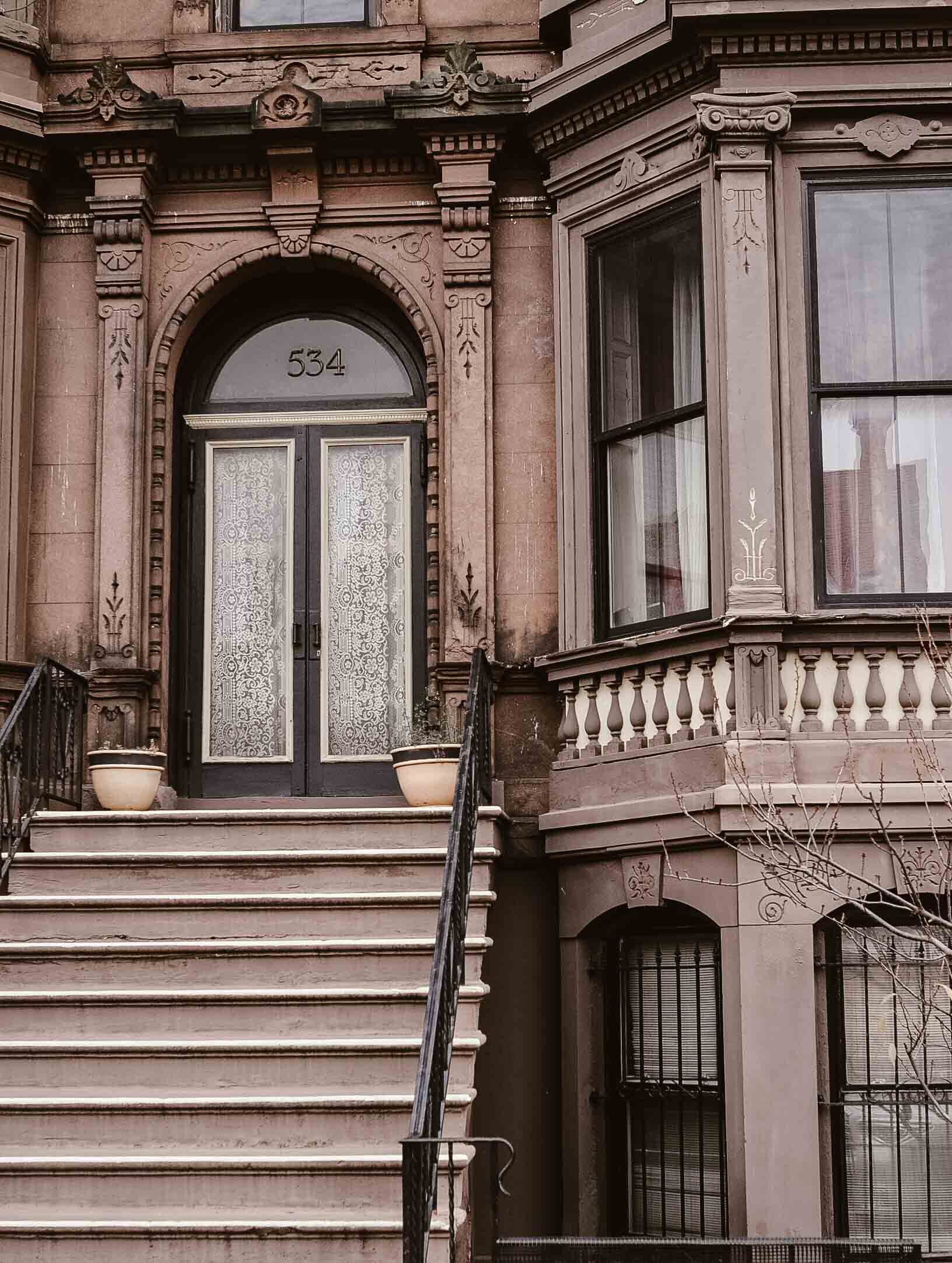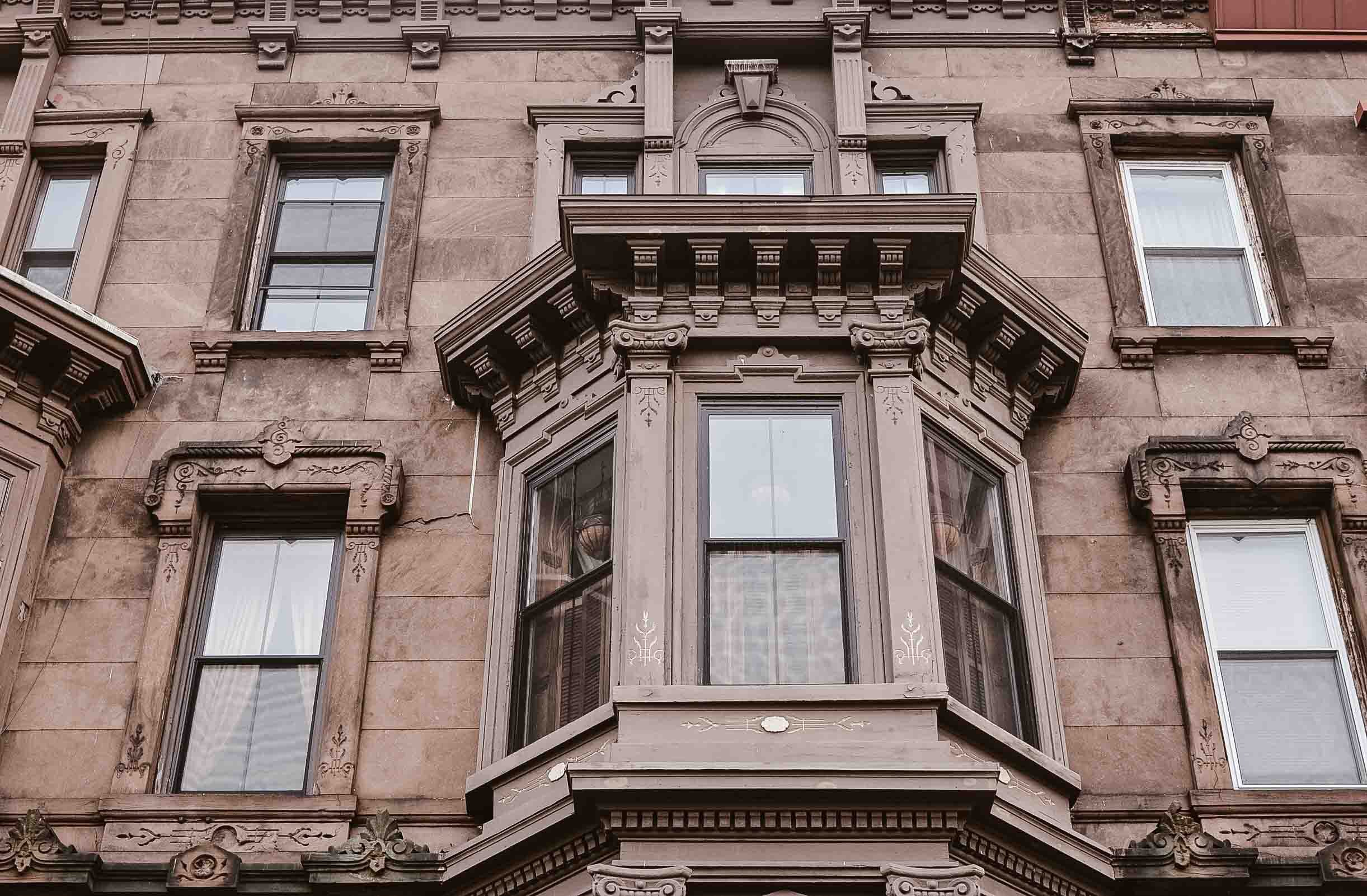The History of Our Beloved Historic Brownstones.
Bergen-Lafayette Historic Brownstone
The brownstone houses that populate the neighborhood are more than places of residence for their owners, but rather pieces of history ingrained in the fabric of Jersey City. Although some may refer to any townhouse or residences that are connected as “brownstones”, a true brownstone is one whose face is covered in this sandstone building material.
Its distinct brownish color is still apparent on the house-lined streets of Jersey City and represents the industrial era in which the city was admired as a manufacturing and transportation epicenter. Regarded as the unofficial state rock of New Jersey, the reddish-brown sandstone that became known as brownstone was used extensively during the nineteenth center in the building of homes along the northeast border of the US.
The accessible location of brownstone quarries along railroad lines and canals across New Jersey allowed for easy transport. Millions of years prior, as rivers carried sand-laden water over the lowland plains, this building stone was created, laying dormant and ready to be cut.
Bergen-Lafayette Historic Brownstone
As more wealth flowed into the area, homeowners began to replace the prestigious brownstone stoop with larger and more ornate ones primarily to accommodate the larger furniture that was being brought into the homes. These furnishings included grand pianos which were conveniently located in the parlor making the stoop less of a necessity for entertaining.
As cities began to expand, quarries were abandoned and the brownstone building material was used less frequently and reserved specifically, for foundations and window sills. The Italian architectural design of the infamous row house was a sign of the times in the early 20th-century prosperity of this manufacturing city. The brownstone became less of a marker of prosperity and residents began to crave the social status attributed to apartment buildings during the period between World War I and World War II.
The brownstone became less of a marker of prosperity and residents began to crave the social status attributed to apartment buildings during the period between World War I and World War II. These homes were turned over to the working middle class of the day who reverted to the standard size stoops which were once again used for socializing and community building.
Bergen-Lafayette Historic Brownstone
This pillar of the industrial society established cohesive neighborhoods in which residents looked out for one another, gathered on warm nights to avoid the heat of the kitchen, and where families and traditions were woven into the lining of the city.
With the prices of apartments and townhouses skyrocketing during the resurgence of the city, brownstone living has once again become popular for affluent residents of Jersey City. The brownstone and its charm add to the authenticity, rich history, and transformation that this Jersey city has endured.














